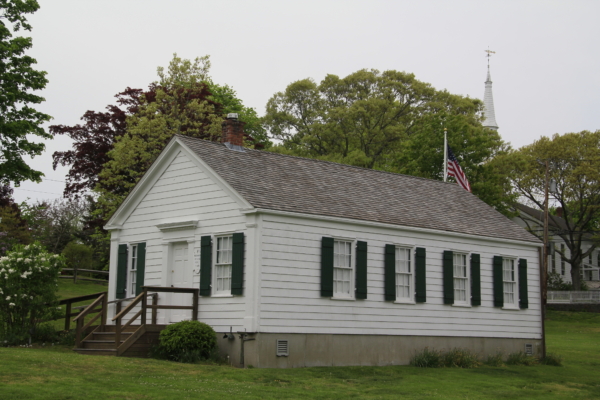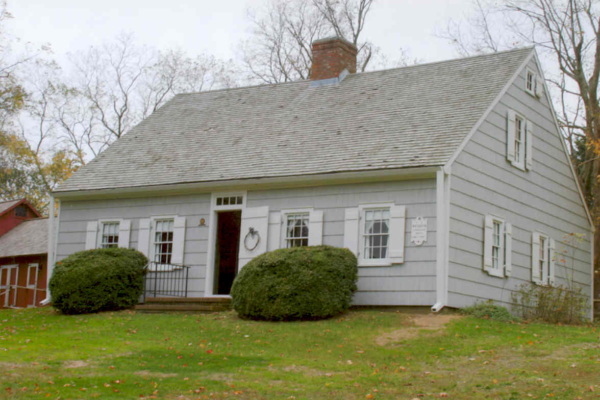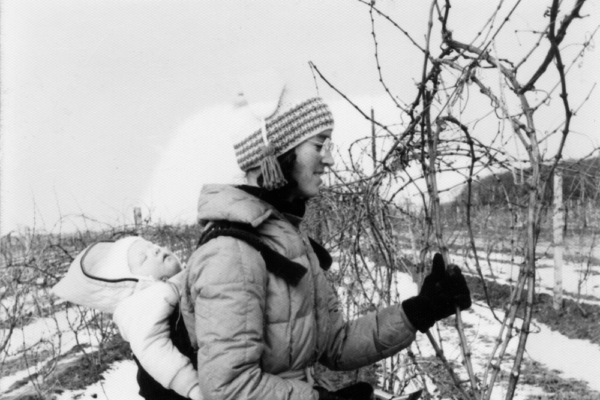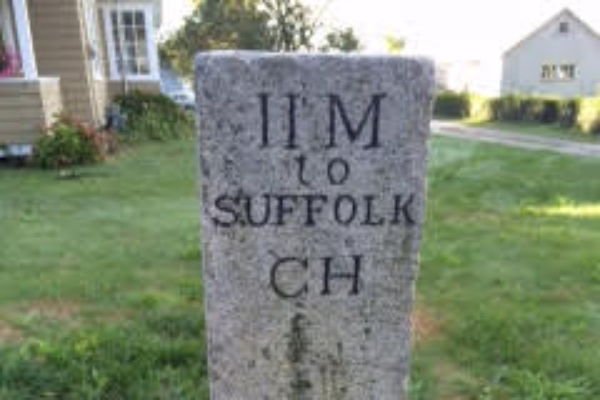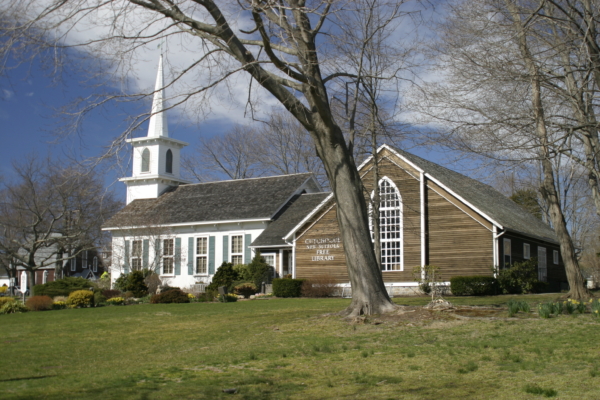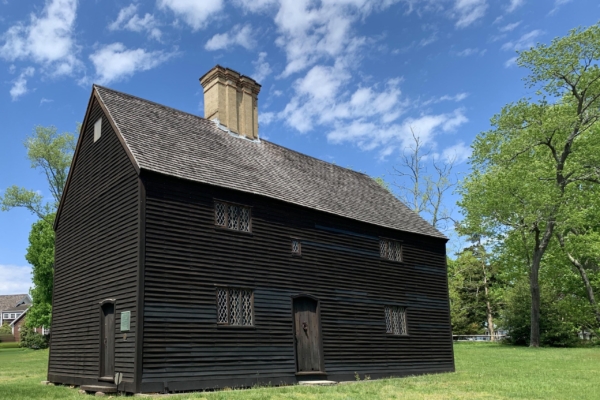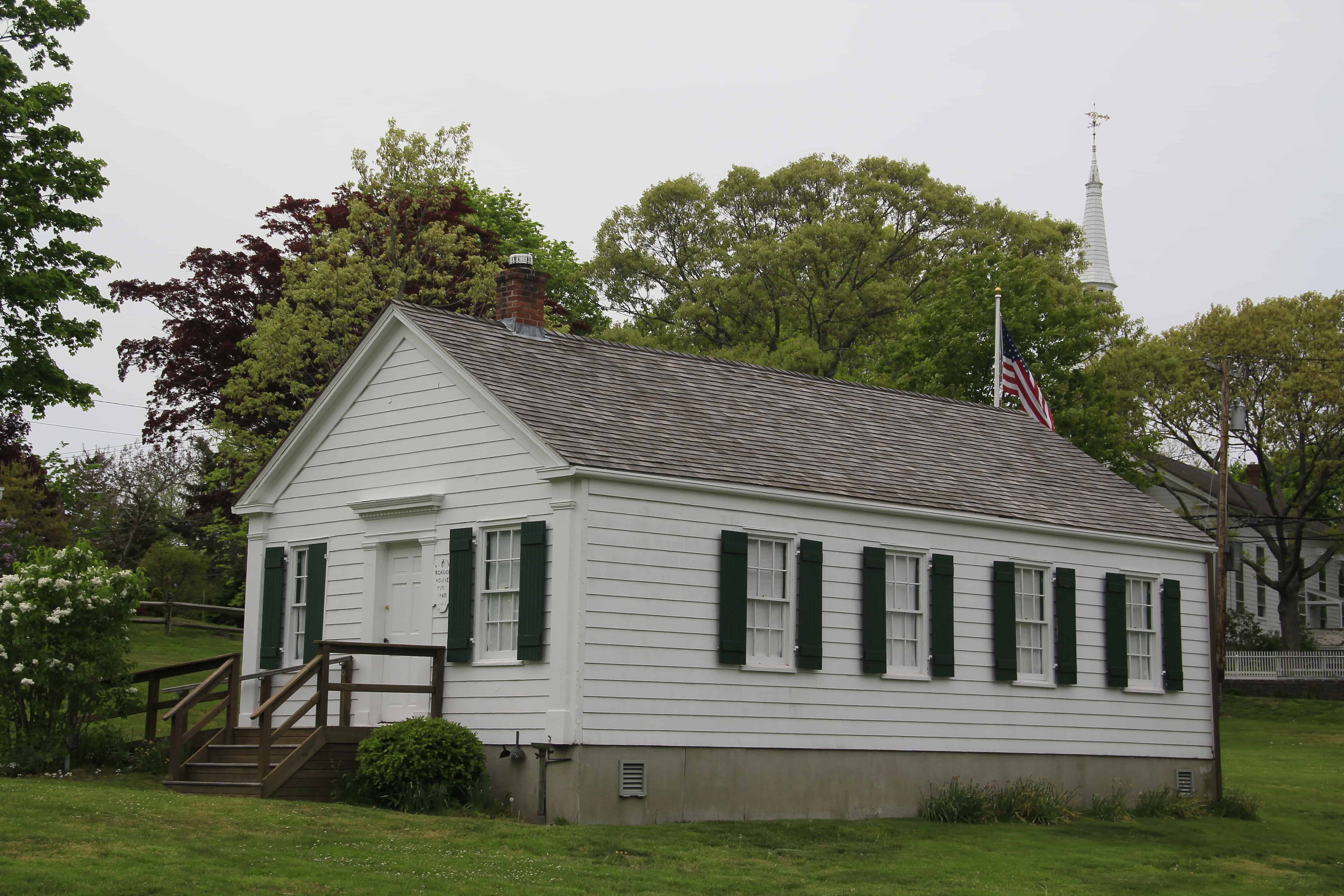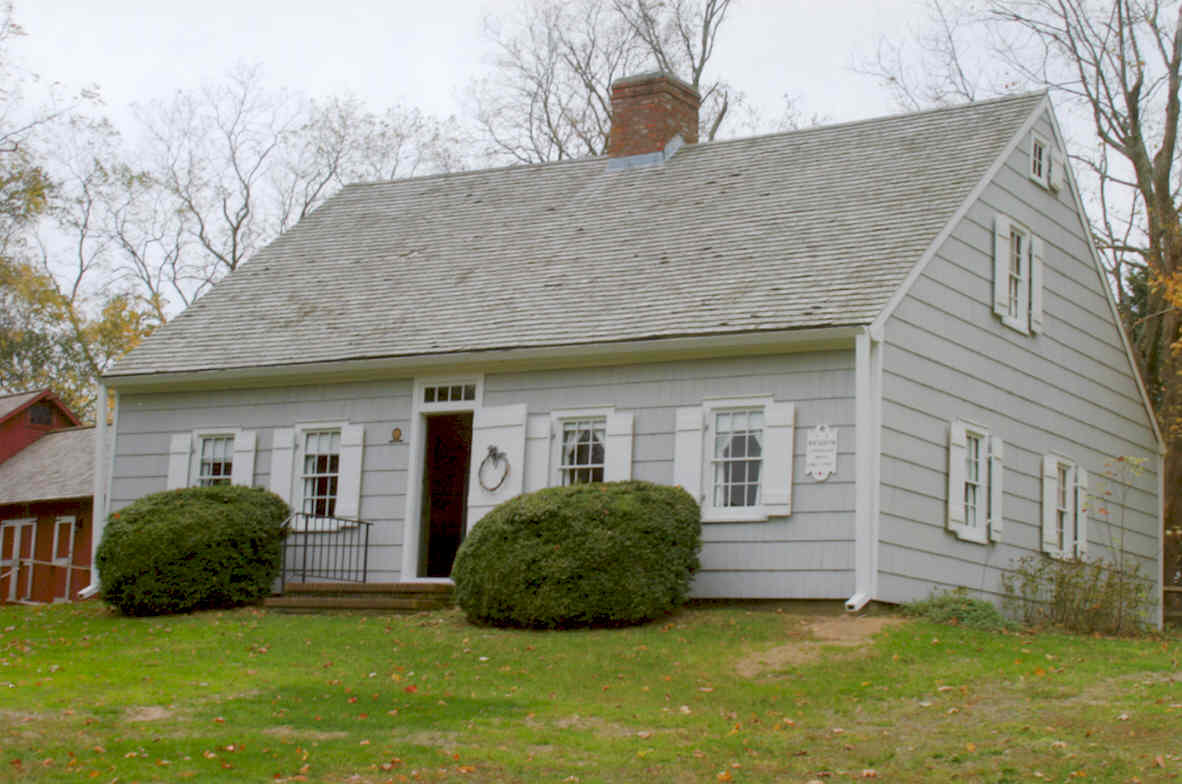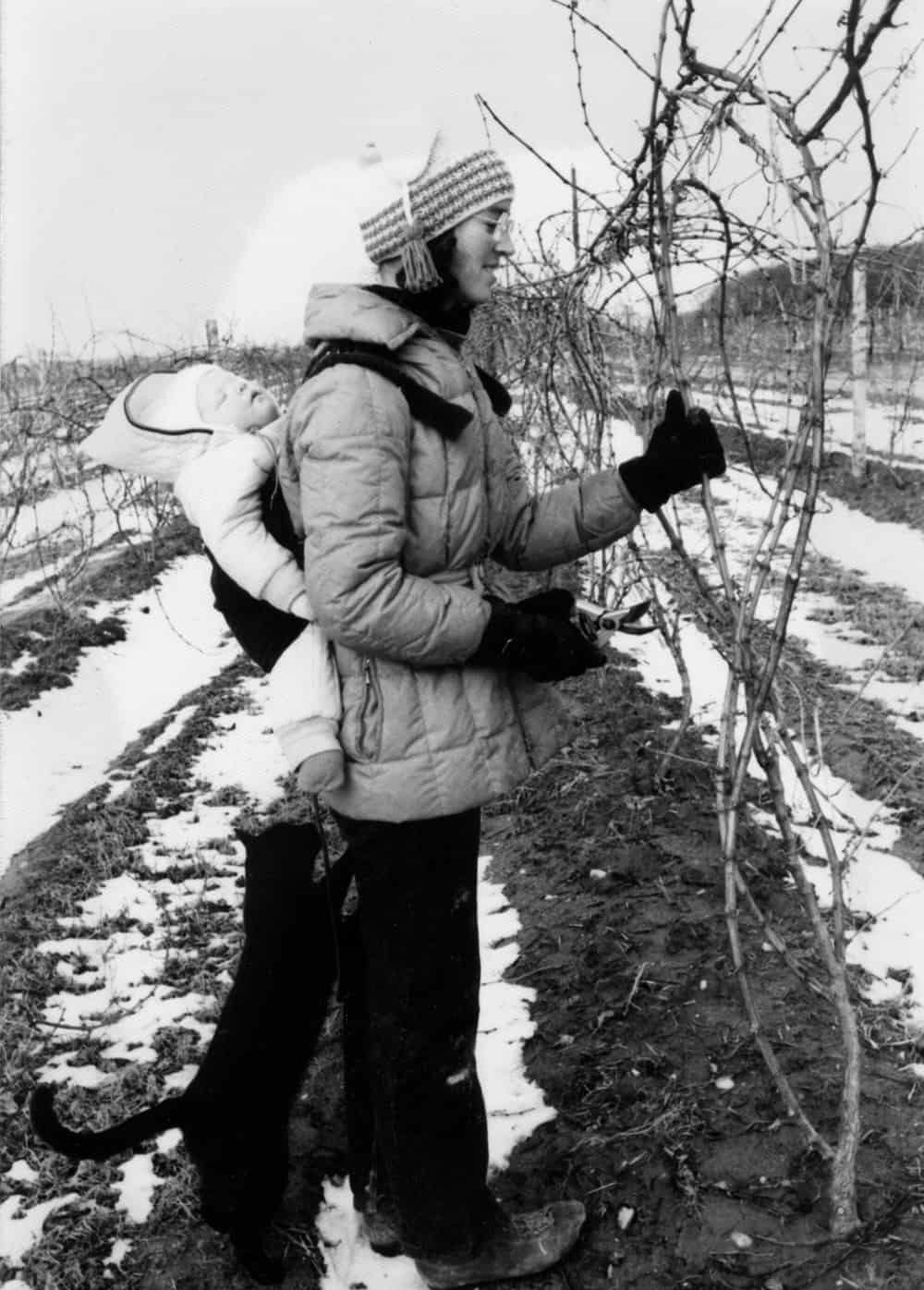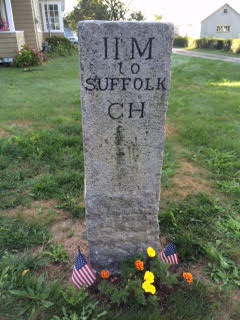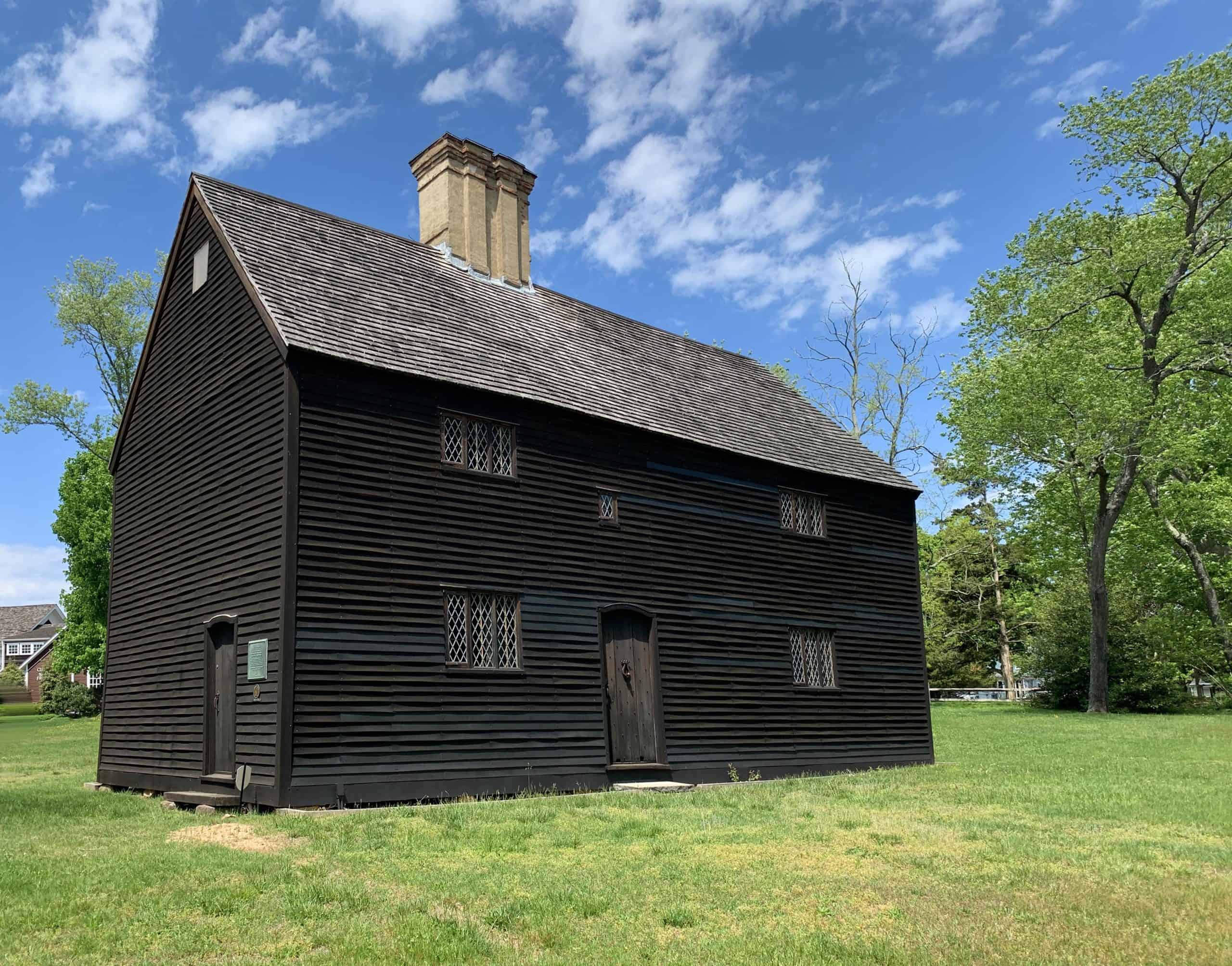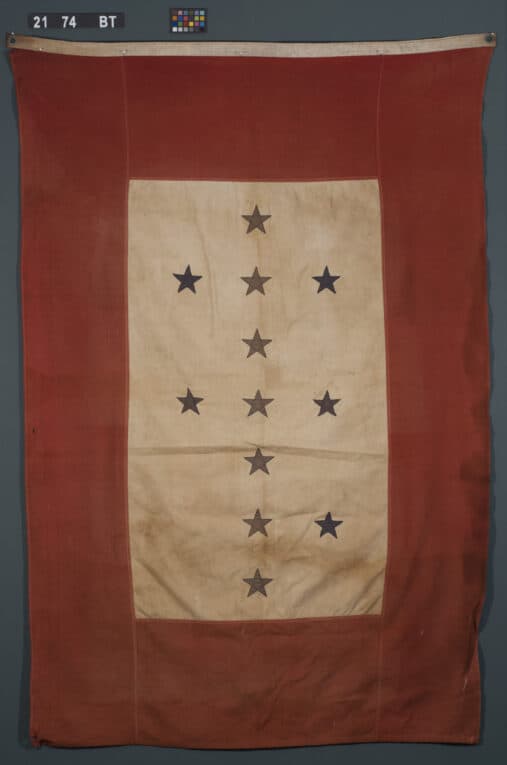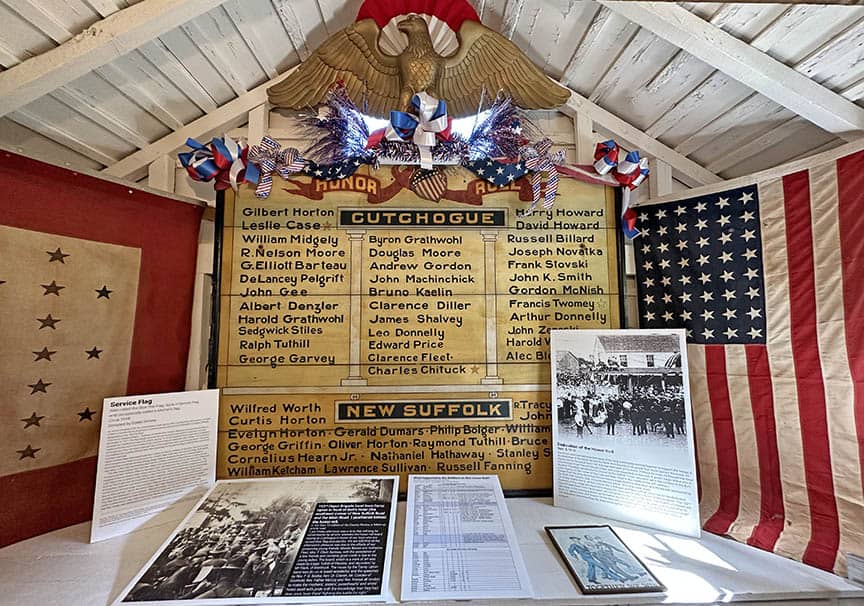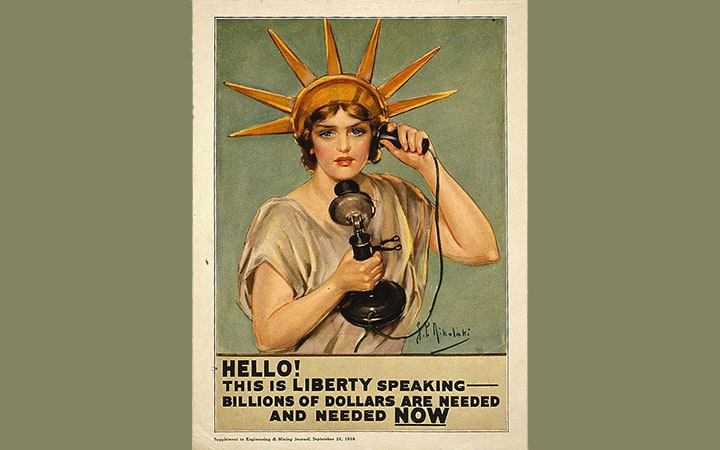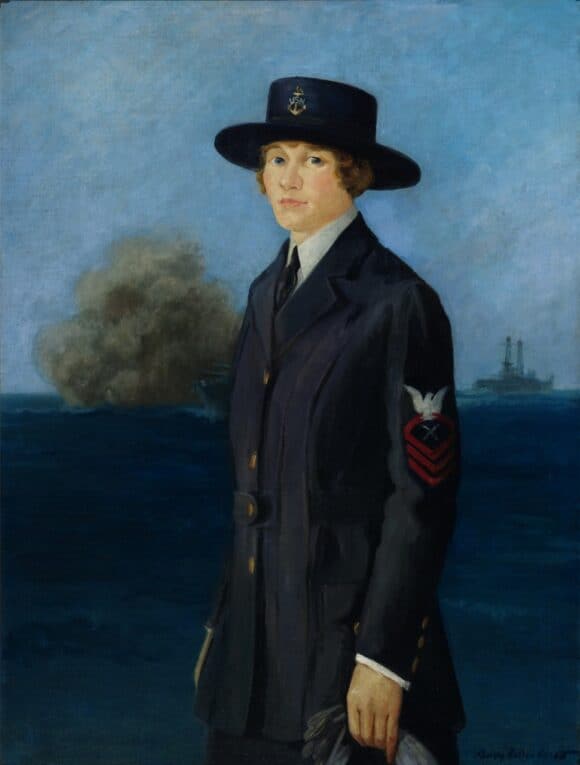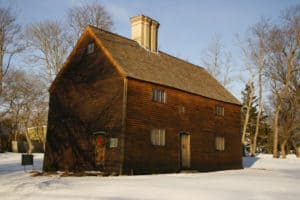Last year, we presented a temporary exhibit entitled “Honoring our WWI Veterans and those they left behind.” For Memorial Day, we will summarize the exhibit in a Five-part blog series for those who were unable to see it. It presents an interesting window into how people of the North Fork, particularly those of the Cutchogue and New Suffolk area, honored and supported their veterans of the First World War. In this Blog we talk about the Service Flag
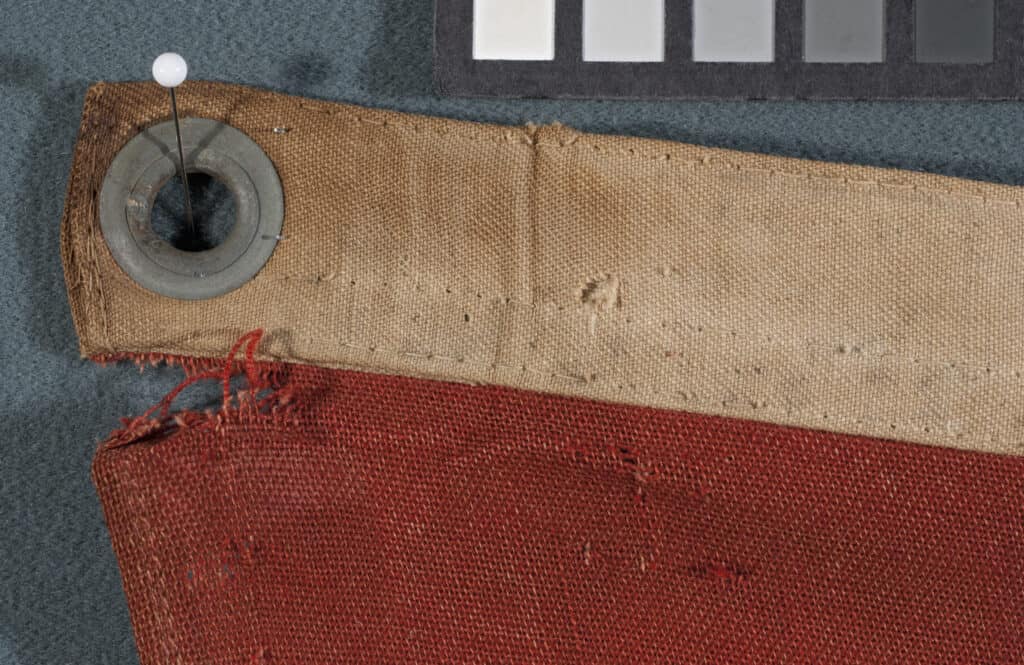
The last surviving WWI veteran died in 2014, so the exhibit honored their memory, their courage, and what they gave up to keep our country free. The exhibit talked about WWI to give you context but focused on the local people who were left behind and how they honored, remembered, and supported the family and friends who went to war.
The exhibit was inspired by a conservation grant we received from the Greater Hudson Heritage Network and the Gardiner Foundation to restore a large service flag from WWI in our collection. The work was done by the Textile Conservation Workshop, Inc. in South Salem, NY. These flags embodied the love, support, and absence felt by those who were left behind by those who went to war.
Other items in our collection manifested the theme and gave a good representation of how the people of Cutchogue, New Suffolk, and nearby towns showed their support for the troops during WWI.
One of the centerpieces of the exhibit was the Service Flag, also called the Blue Star Flag, Sons in Service Flag and occasionally called a Mother’s Flag. An act of Congress (Title 36, United States Code, Section 901), enacted the flag to be displayed by members of the immediate family of persons in military service during times of hostilities and is legally and officially designated as the “Service Flag.”
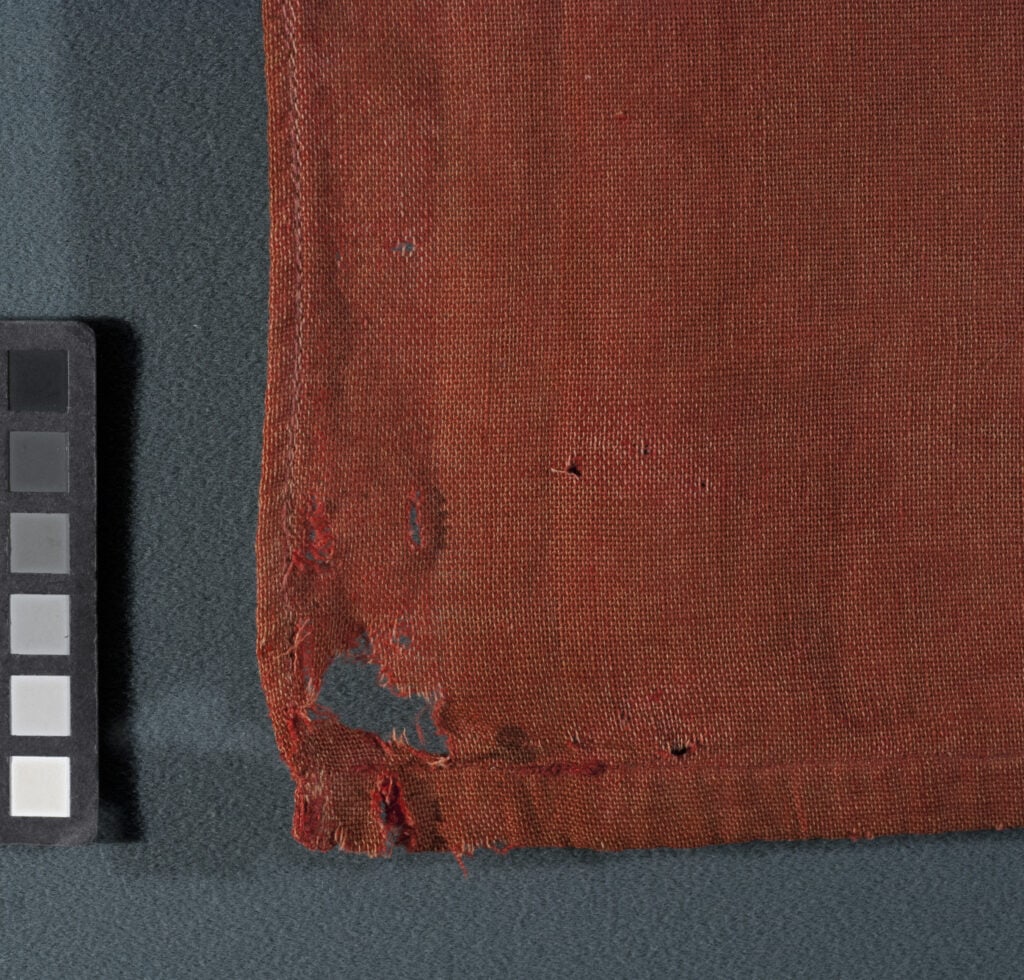
WWI Army Captain Robert L. Queisser of the 5th Ohio Infantry designed and patented the flag on November 6, 1917. The flag design received almost immediate recognition nationally. It quickly became the unofficial symbol of a child in service. In 1918, President Wilson approved a suggestion made by the Women’s Committee of the Council of National Defenses that mothers who had lost a child serving in the war wear a gold gilt star on the traditional black mourning armband. This led to the tradition of covering the blue star with a gold star on the Service flag to indicate that the service member had died.
Businesses and churches would sometimes display larger flags to recognize the service of employees or members. A blue star represented each family member, employee or parishioner in active service.
Many businesses, churches, and small towns created their own service flags. By the end of the war, many towns had to re-issue larger, more complex flags as the number of service members increased. Due to their patriotic nature, the service flags were often displayed prominently outside, marched in parades, and displayed in civic spaces – helping to explain why so few of them survive today.

Up next: Part II, Honoring our WWI Veterans and those they left behind: The Dough Boy and the Red Cross Nurse.
